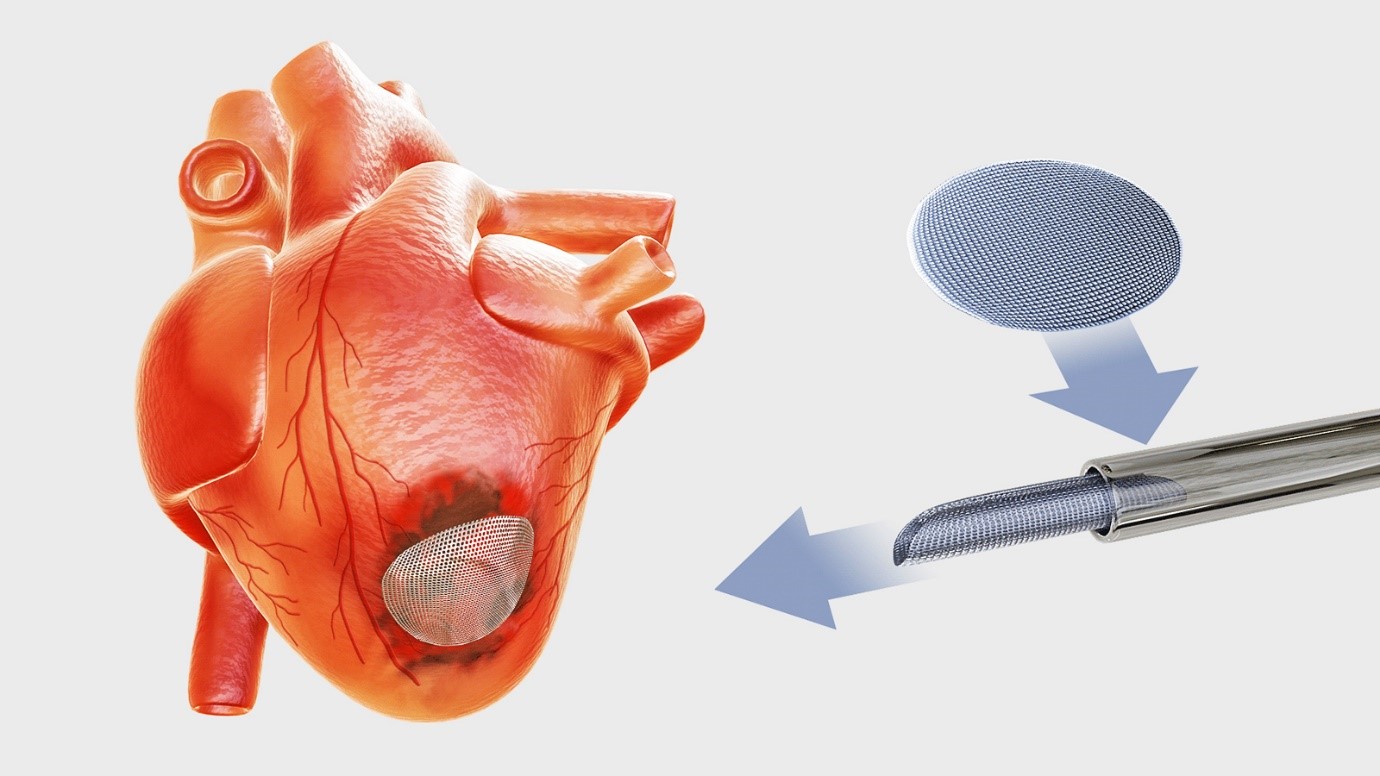
New cardiac patch can be implanted with a syringe
A heart attack occurs when the flow of blood into the organ is blocked, and without a steady supply of blood, tissue in the heart can become damaged or destroyed.
Because the heart can’t easily repair itself, this dead tissue will remain even after blood flow is restored by medication or surgery. Eventually, it might turn into scar tissue, which can’t contract or conduct electricity hindering the heart’s ability to function.
Too much scar tissue, and a person can experience heart failure and require an organ transplant.
While the heart can’t repair damaged tissue on its own, a cardiac patch can help restore function.
Existing cardiac patches have limitations, though, one being that they’re almost always placed via risky open-chest surgery. Another issue is that they still interfere with electrical signals in the heart.
Researchers developed a new cardiac patch electrically conductive and flexible enough to be rolled up and inserted into the body via a syringe or catheter, without risky open chest surgery, two qualities that could give it an advantage over existing patches used to repair heart damage.
Once in place, it unrolls into its original shape and integrates with the heart tissue. Cardiac cells embedded in the patch can then help restore the heart’s function.
The patch only tested in animal models, but the results were positive, it led to the “functional repair” of rats’ heart damage in four weeks.
More research is needed before the patch can be trialed in humans.
 English
English Arabic
Arabic


